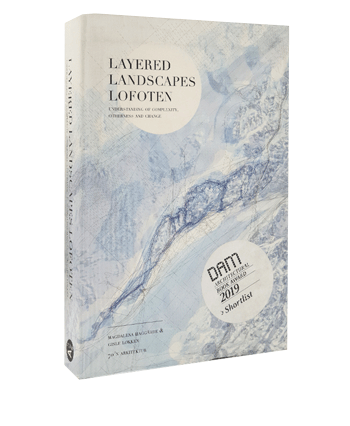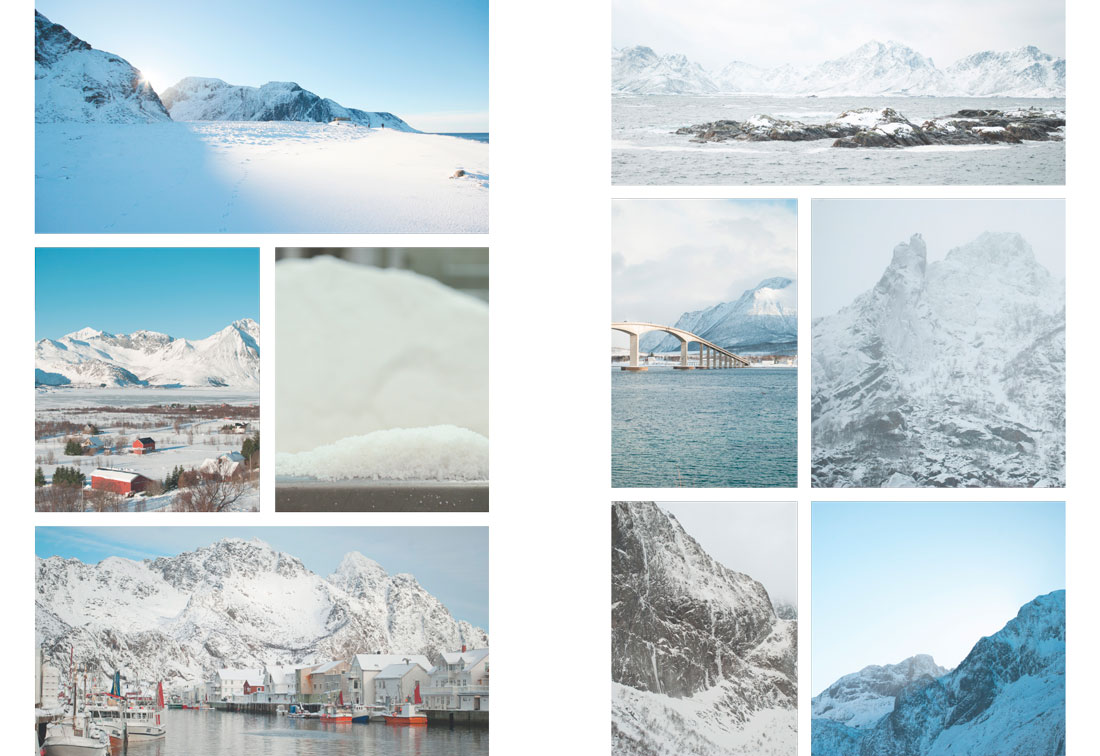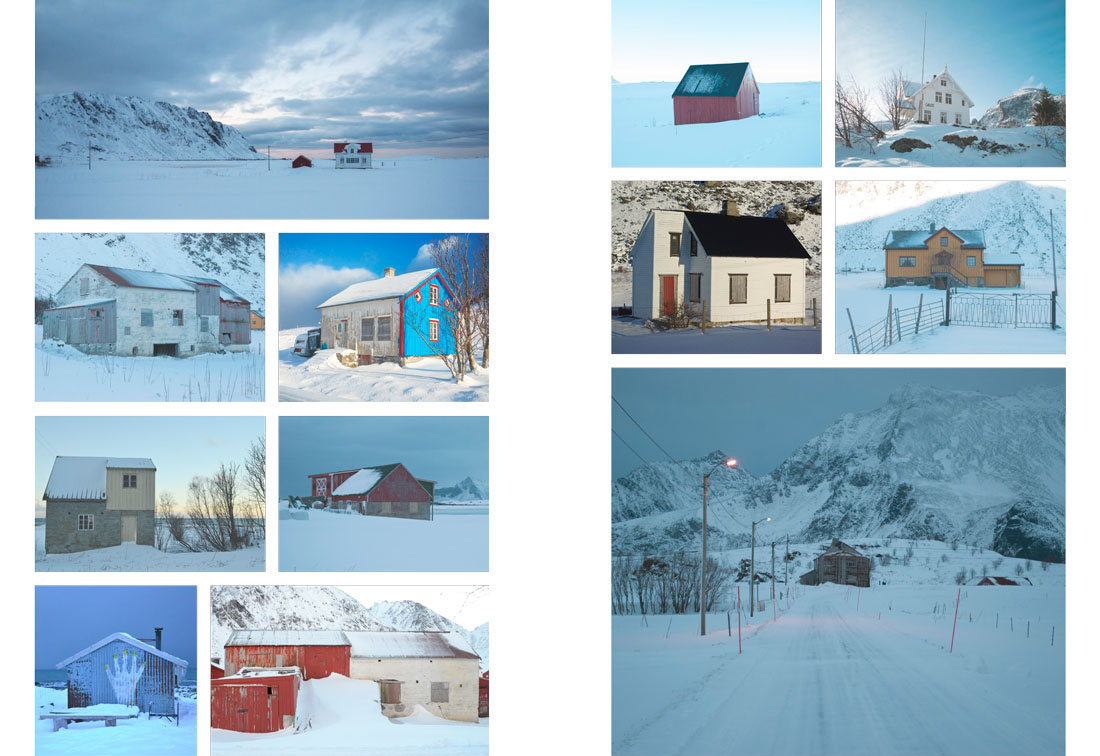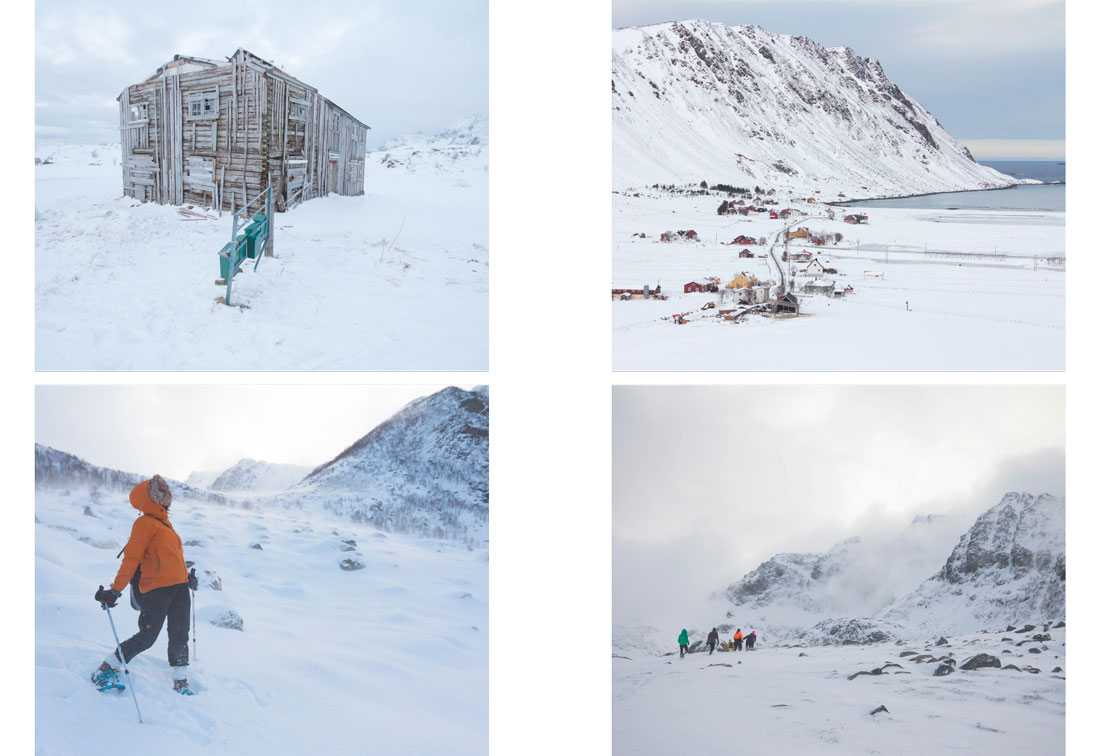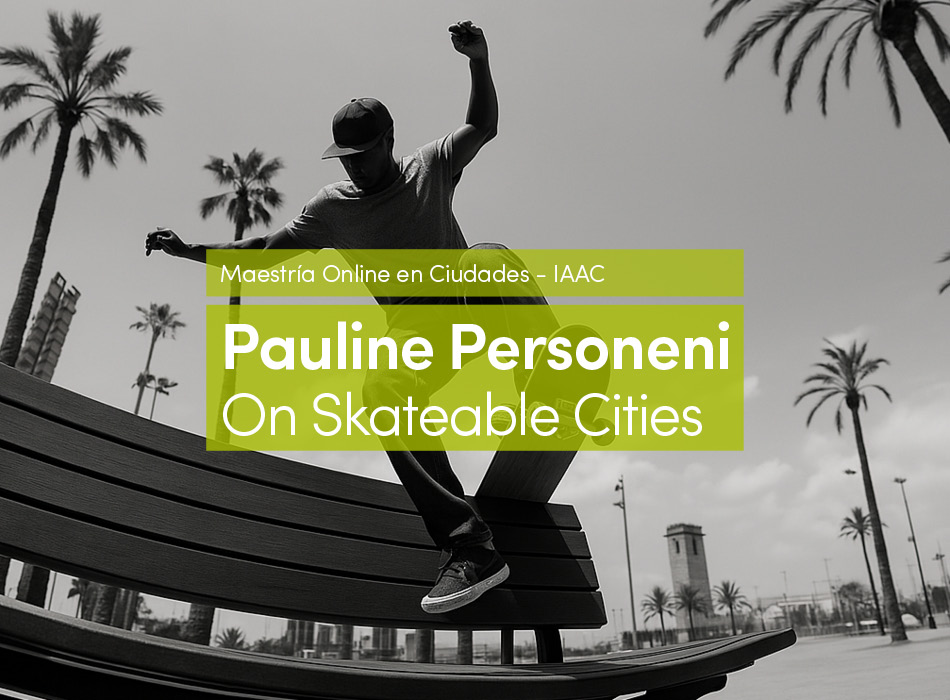Imbrication is a metaphor used by a group of architects and the philosopher Henri Lefebvre, when they participated in an international competition on ‘The New Belgrade Urban Structure Improvement’ 1986 (Bitter & Weber 2009). They did not win the competition, but their project is interesting because the group saw imbrication as a ‘method’ to improve the urban structure. They saw imbrication as a “combinatory mode, the situational placement of different elements” (ibid.: 25), and thus tried to reflect on the constitutive forces for both the static, materialised city and the dynamic forces of city life.
They as such implicate an issue that is still crucial to urban planning: How can a structured city have a dynamic socio-spatial form and landscape? How can urban design work as giving space to events and the (everyday) eventalisation of space and place?
Indicating then, but likely not accepting, the ambition of the project points at the crucial role of vitalism and vitalist forces in shaping the use and significance of urban space (Aspen & Pløger 2015), this short article discusses complexity as a reciprocity of forces making interaction, connectivities, and disruptions.
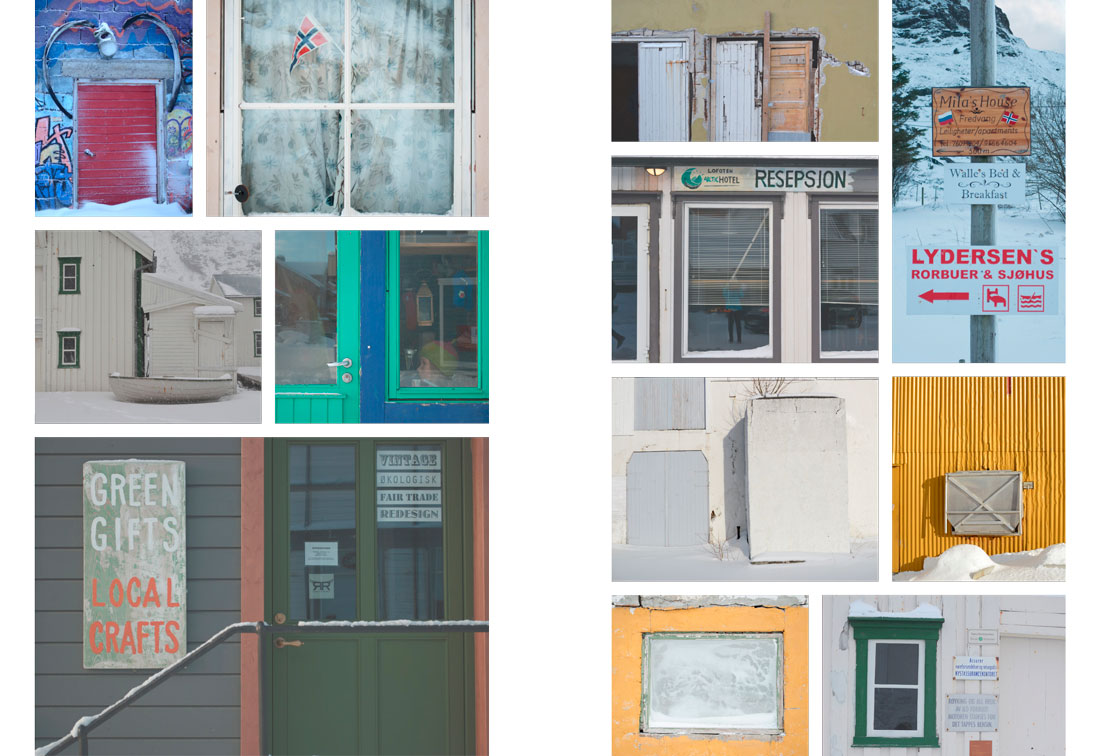 Whale bones, Nyksund / Nyksund
Whale bones, Nyksund / Nyksund
Tinden, Øksnes Vestbygd / Second hand shop, Kabelvåg
Rundt & Rundt, Kabelvåg
Trevarefabrikken, Henningsvær
Henningsvær / Fredvang
The old cannery, Å / Fish landing hatch, Nusfjord
Nusfjord / Tinden, Øksnes Vestbygd
Connotations of Imbrication
The word imbrication makes one think of layers, connectivities, relations and the like, but the point might be that the word also forces one to take the contextuality of body-mind, material-immateriality, and doings-undoings seriously. The architects and Lefebvre wanted to focus on autogestion as the mediating force to make use of spatial imbrication, that may roughly be translated to self-organizing systems that are continuously “modified” by “aleatory factors coming from environment” and “chance” as an “intersection of many independent chains of causality” (Bitter & Weber 2009: 14).
An imbrication thus in the text connotes different contextual forces like flux & networks, chance connections made for instance by appropriations, claiming territories, urban rhythms, management of space, and using built or unbuilt spaces. It is thus a perspective that indicates the role of forces of presence and ‘aleatory factors’ as potentials to “organize the city”. It is to look for, and include in urban planning, “unexpected encounters, coincidences, and conjunctions, unusual, unhabitual and accidential contacts” (ibid.: 25). Prior to the project, Richard Sennett (1972) had already hinted to that perspective in his book ‘The Uses of Disorder’.
Eggum
Torvdalshalsen / Salt, Myre
Harbour, Henningsvær
Nyksund
Hadsel bridge, crossing the Langøysundet strait / Svolværgeita (Svolvær goat) rock formation
Reine / Eggum
Space and Landscape as Power
Space is power (Foucault 1986), and it is power over the social life in cities (Joyce 2003, Sennett 1996).
The city as form and materiality has certain social and socio-spatial representations and social effects that concerns the coding and forming of social life. We know this from the early social housing projects in Europe, where virtue and moral played a major role to discipline the excessive working class living there (Osborne & Rose 1999).
The urban form and spatial design shapes the city as a socio-material field of action, where the form and landscape invites to a certain use instead of others (Østerberg 1998).
The urban … is a mental and social form, that of simultaneity, of gathering, of convergence, of encounter (or rather encounters). It is a quality born out of quantities (spaces, objects, products). It is a difference, or rather, an ensemble of differences … It is a field of relations … (Lefebvre 1996: 131).
This is in fact not a new point of view in France. Space as multiplicity, differences, relations and simultaneity of forces is an understanding of space and landscape already found in Henri Bergson’s philosophy. The Parisian city planner Marcel Poëte used Bergson, and wrote that the city is driven by “internal growth .. An uninterrupted push of unforeseeable change, under the effect of what Bergson calls the vital impulse [l’ Élan Vital]” (Poëte, in Terranova 2001: 921).
The city and its landscapes are a field of indeterminate forces, and what makes this space matter is “an aggregate of images … between ‘thing’ and ‘representation’” (ibid.: 934). So in fact urban landscape designers should be concerned about the foldings of indeterminate forces in space, and thus see place as situations, connections, and forms and ways of relationalities.
Innersand, Fredvang
Unstad / Kvalnes
Kvalnes / Yttersand, Fredvang
Shelter ‘Rolf’s bar’, Grunnfør / Unstad
Eggum / Å
Unstad / Unstad
Lensmannsgården, Fredvang
Space is Lived
Space is lived, which is often forgotten. Place is taking place (Førde et al. 2013, Anderson & Harrison 2010), it depends on the social forces (en)acting it. As such, it would be more precise to talk about spatialisation or a continuous place-alisation , because space and place is something taking place through “situations, forms of practice, things, the places, landscapes” and everything else affecting the use and sense of space and place (Bjerre & Fabian 2010: 11). As Michel Foucault says, “We are in an age when space is presented to us in the form of relations of emplacement” (1994: 177), that is, a simultaneous and juxtaposed connection of forces from near and far, of proximities in everyday life and situations, of virtual forces like cell phones, and as such networks of different kinds.
We are, firstly, in space and place in particular by the body; senses, and perception. This body sensing space marks the space with affective significance from feeling and reading its different signs and significations (e.g. light, form, signs, materialities, aesthetics, interactions, people). This sensing and reading is very much about experiencing atmospheres and moods in space and place (Gumbrecht 2004, 2012).
Nordland boat, Nyksund
Ballstad
Lamholmen and Svinøya, Svolvær
Nyksund harbour
Place and Landscape as Dispositif
The city is physically a spatial dispositif (Aspen & Pløger 2015). Architects and landscape architects believe our physical surroundings, objects and materialities dispose for certain use and signify meaning. It makes people act and experience in certain ways. It, as the Norwegian sociologist Dag Østerberg says, “invites and incites people to use the place in certain ways rather than others” (Østerberg 1998). It is rare that such arguments are followed by stressing that ‘how’ depends on context, situation, subjectivities, and so many other forces at play when we experience, act, and give meaning to surroundings.
Any spatial design, including landscape design, is a try to create a certain socio-spatiality; a certain relation between space and the social. It is a social imbrication, because it is an imagination of how different layers of a spatial design – form, functionality, aesthetics – may be inter-connected by use and/ or the imagination of its use. It is rare that urban designers and politicians dare to say, ‘this place is working by how you look at and enjoy it’. People are in urban design first seen as actors in space, and that may effect certain aesthetic experiences. In real life, it is often affect that comes first; the sense of place as an atmosphere of a particular type (pleasurable, dirty, threatening etc).
We thus have to see space and place as out of imbrications. It is (Bitter & Weber 2009: 25):
A situation of active relation, in which interaction, interconnections, interferences, and interpenetrations of events may be considered as new components of the city.
Unexpected encounters, coincidences and conjunctions, unusual, unhabitual and accidential contacts, abnormal junctions suddently occur and develop as new potential to organise the city.
On one side, we thus have spatial dispositifs such as form, urban design, materialities, functionality, and location. Although Foucault rightly says “Space is fundamental in any form of communal life, space is fundamental in any exercise of power” (Foucault 1986: 252), and as such point at the disciplinarian power of spatial dispositifs, Jane Jacobs (1961: 143-222) shows us the dynamic forces of spatial dispositifs claiming the good street has to have ‘more than one primary function’ (to have life in the street all day), ‘short blocks’ (to stimulate curiosity by turning corners), ‘buildings that varies in age and condition’ (to have a mix of classes and life styles), and a ‘dense concentration of people’ (to have variated street life).
Lensmannsgården, Fredvang
On a mountain hike, Kvalnes
Innersand, Fredvang
On a mountain hike, Kvalnes
Urban Experience – An Events Imbrication
We do not only have to see the city as spatial and socio-spatial imbrications. It is the intermediaries and indetermination of the imbrications that enforce vialistic forces (Aspen & Pløger 2015) and make a performative urbanism (Wolfrum & Brandis 2015). Vitalism and performativity seem to be crucial to work with for an urban designer that sees imbrications as the forces of urban life and emplacement. To practice urban design we have to look at “different and changing connections, exchanges, and constellations of forces”, where people’s “will to difference” needs urban planning to think in plural and of the world as a pluriverse (Aspen & Pløger 2015: 15&239). Any experience in cities is an imbrication of events.





